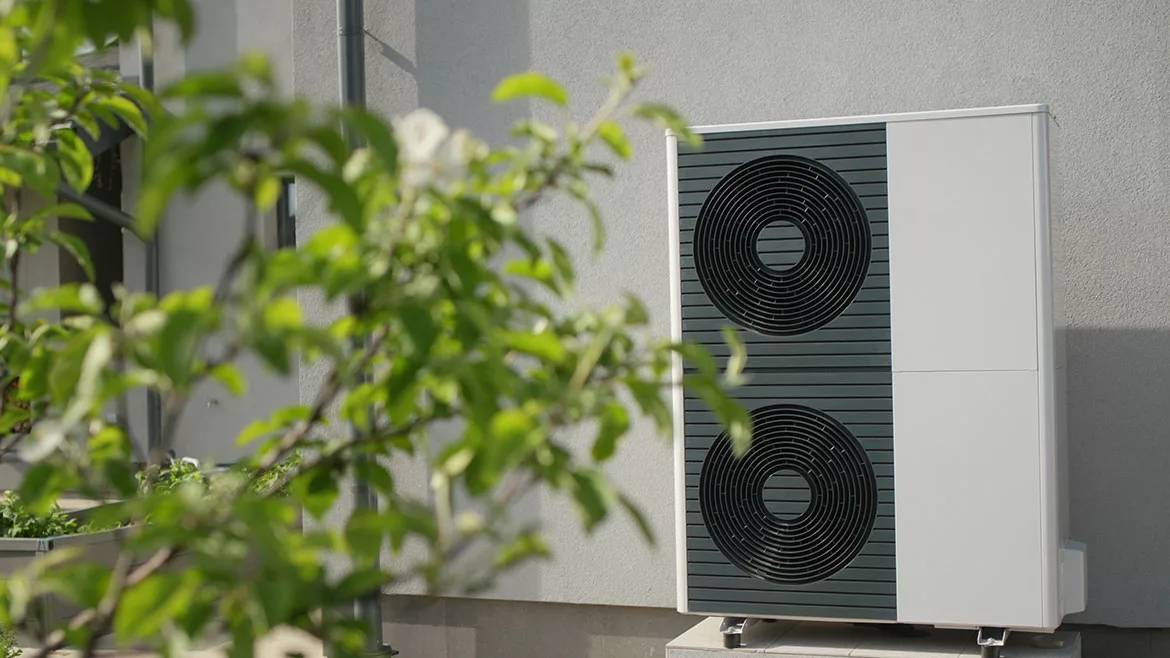Renewable Heating Design | John Siegenthaler
Versatility in direct-to-load systems, part two
Going direct.

Image courtesy of StockSeller_ukr / iStock / Getty Images Plus
Last month we began discussing direct-to-load hydronic heat pump systems. They combine a variable speed compressor with variable speed circulator to modulate both heat output and flow to match the needs of a distribution system without need of a buffer tank or hydraulic separator.
Adding a boiler
Both air-to-water and water-to-water heat pumps are often combined with a boiler to serve as a supplemental and backup heat source. In a direct-to-load system the boiler can be tied into the system using a pair of closely spaced tees as shown in figure 1.
FIGURE 1

This arrangement is appropriate for use with an air-to-water heat pump when that heat pump is located close to the building it serves. This minimizes heat loss from the exposed exterior piping and heat pump heat exchanger, both of which should be well insulated.
If the heat pump is located more than a few feet from the building, a 3-way valve should be installed to divert flow around the heat pump when it is not operating, but the distribution system is operating.
If the circulator inside the heat pump shuts down, such as on a fault code, there also needs to be a bypass circulator to provide system flow. This circulator would also be used if the design intent is to provide continuous circulation through a heated floor slab when neither heat source is operating. These details are shown in figure 2.
FIGURE 2

Some heat pumps have internal controls that can automatically call for the auxiliary boiler to operate. In some cases the heat pump provides a simple contact closure to “call” for boiler operation. This would be used to operate a conventional “on/off” boiler. Some heat pumps can also generate a 0-10 VDC output that can directly control the firing rate of a mod/ con boiler equipped with a 0-10 VDC input. As such it can operate the boiler at the same time as its compressor and circulator, and at a firing rate that’s just enough to achieve the target supply water temperature to the distribution system. The latter would be based on outdoor reset control.
Simple layouts
Direct-to-load systems are ideal in situation where a single heat pump supplies floor heating in winter and an air handler for cooling. Figure 3 shows a conceptual system.
FIGURE 3

The modulation of the heat pump combined with the thermal mass of the floor slab makes for an excellent match, and simple piping. Be sure that the circulator in the heat pump has sufficient flow and head to provide proper operation of the distribution systems for both heating and cooling. See last month’s column for more discussion on this.
Exceptions
There are situations where I still think a small buffer tank is a good idea. One example is a system containing several panel radiators, each of which is individually controlled by a thermostatic radiator valve such as shown in figure 4.
FIGURE 4

The heat pump (and possibly the aux boiler if used) will “see” the buffer tank as the load. A variable-speed pressure-regulated circulator on the load side of the buffer tank changes speed to match the flow requirement of the panel radiators. The heat pump can monitor the temperature of the buffer tank and maintain that temperature based on either setpoint with differential or outdoor reset.
Double duty
Figure 5 shows a configuration that’s not strictly direct-to-load, but still provides a simple way to achieve space heating with micro-zoned panel radiators combined with domestic water heating and chilled water cooling.
FIGURE 5

This system uses a reverse indirect tank as both a buffer for a micro-zoned space heating distribution system, and as a domestic water heater. In heating mode the heat pump simply maintains the temperature of the tank suitably high for domestic water heating (typically in the range of 120 to 130 ºF). The panel radiators “sip” heat from the tank based on the setting of their thermostat radiator valves. This arrangement would be ideal for a well insulated “net zero” house in which space heating, domestic hot water, and cooling are all required.
In cooling mode flow is routed through the diverter valve to the coil in the air handler and directly back to the heat pump. Controls, either within the heat pump or external, would establish which load (domestic water heating or cooling) takes priority.
Looking for a reprint of this article?
From high-res PDFs to custom plaques, order your copy today!







